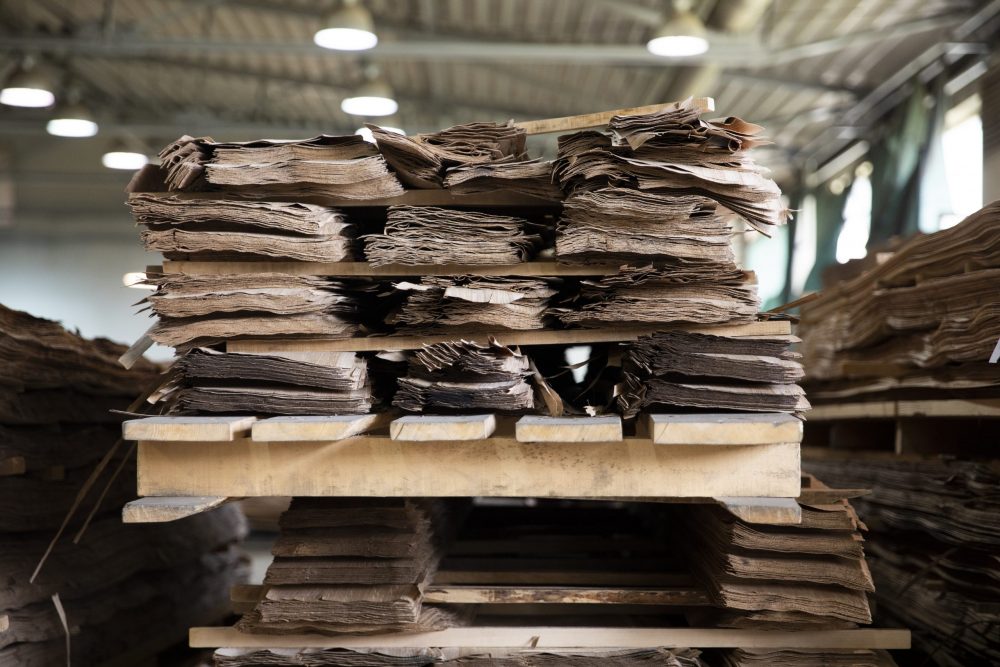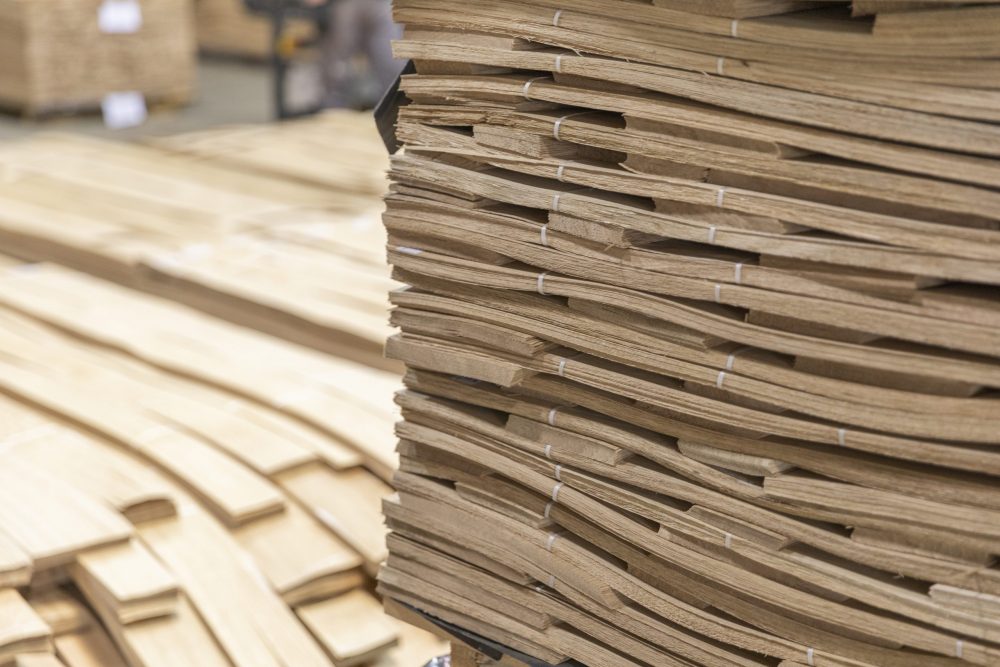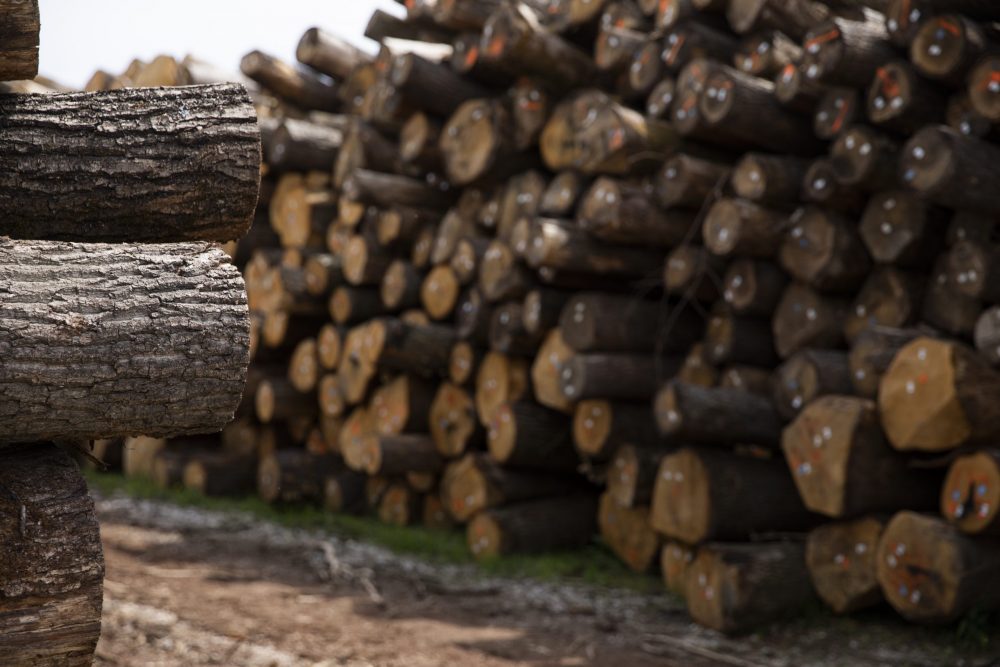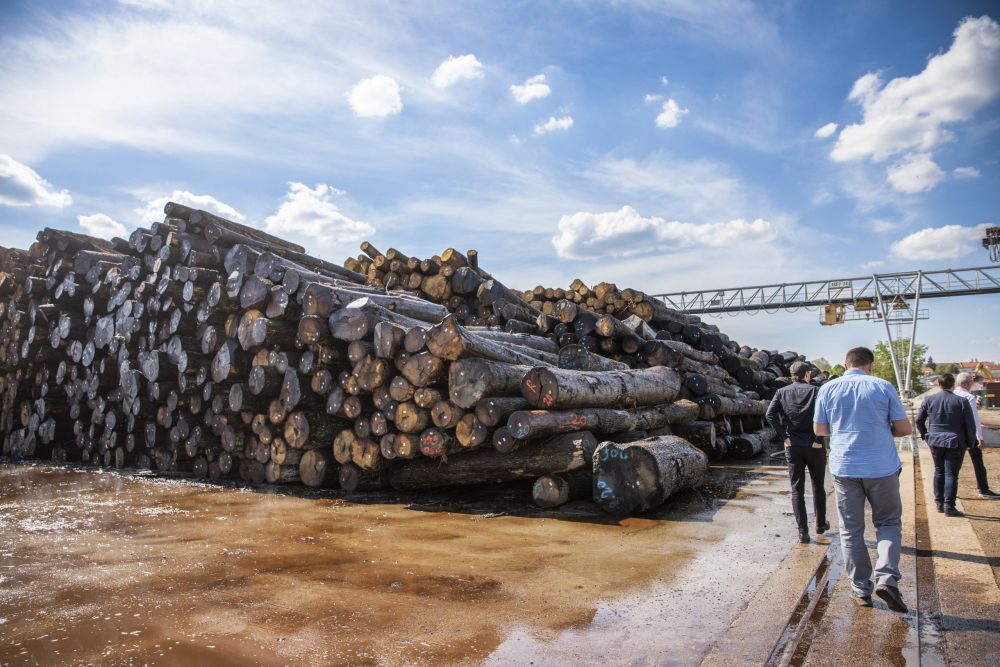Bjelin demystifies sustainability when it comes to flooring. Read along as Bjelin answers some of our most pressing eco-questions and spotlights its Woodura Product.
WDM: Bjelin was born out of ‘sustainable innovation’. Can you tell us more about your beginnings?
Bjelin was founded in 2016 by Darko Pervan, the Swedish-Croatian inventor and entrepreneur who developed the first mechanical floor locking system and set up the innovations and technology company, Välinge Innovation.

Bjelin was born out of the vision to create high-quality, sustainable and innovative flooring. Over the years, when sister company Välinge Innovation developed new technologies, we incorporated these into our flooring products.
 A commitment to innovation and sustainability has always run like a red thread throughout the company. We thrive on challenging the norm, looking for new ways to enhance the customer experience, and finding environmentally friendly ways to create flooring products. Everything we do must be better, more cost-effective and highly sustainable.
A commitment to innovation and sustainability has always run like a red thread throughout the company. We thrive on challenging the norm, looking for new ways to enhance the customer experience, and finding environmentally friendly ways to create flooring products. Everything we do must be better, more cost-effective and highly sustainable.
Our connection to Croatia means access to top-quality, FSC-certified European wood. However, the world’s forests can’t keep up with demand in the long term, partly due to the slow-growing oak. Our sister company Välinge Innovation, therefore, looked for a viable solution where we could create real wood floors using less wood – while maximizing the use of every single log. As a result, the Woodura® technology was developed, and from this, our hardened wood floors Woodura Planks were born.

WDM: Isn’t it better to leave trees in their natural environment?
While it may seem ideal to leave trees untouched, unmanaged forests do little to combat global warming. When trees decompose, they release as much carbon dioxide as they absorb during their growth, resulting in an environmentally neutral cycle.  In contrast, well-managed forests grow more quickly and sequester additional carbon dioxide, which can be stored in timber for years if used as construction material. Furthermore, parts of the tree that are not used for building materials, like bark, can be repurposed as renewable heat sources, reducing reliance on energy sources with a negative environmental impact.
In contrast, well-managed forests grow more quickly and sequester additional carbon dioxide, which can be stored in timber for years if used as construction material. Furthermore, parts of the tree that are not used for building materials, like bark, can be repurposed as renewable heat sources, reducing reliance on energy sources with a negative environmental impact.
Sustainable forestry practices focus on harvesting less than the forest’s growth and preserving key biodiversity areas. With our factories near the forests that supply our wood, we can ensure that logging is conducted responsibly and sustainably.
WDM: What environmental labels and certifications do you have?
Svanen – a Nordic ecolabel granted to products with a high proportion of renewable and recycled materials. Floors with this label need to meet strict requirements with regard to hazardous substances, be able to guarantee low emissions, be manufactured in an energy-efficient way, and demonstrate great wear resistance.

FSC – The Forest Stewardship Council (FSC) is a certification for sustainable forestry, promoting environmentally sound, socially beneficial, and economically viable management of the world’s forests. An FSC label is a trusted mark that ensures responsibly harvested trees, fair wages and a good working environment for workers.
Sundahus – they work with sustainable development, creating conditions that help customers reduce their environmental impact. Experienced chemists assess the different properties of a product using SundaHus’s evaluation criteria, primarily based on the European Parliament and the Council’s CLP Regulation (EU) No. 1272/2008 and the Swedish Chemicals Agency database, PRIO.

Greengard Gold – a UL GREENGUARD Certification demonstrates product sustainability and commitment to increased health by certifying that the products have low chemical emissions. The Gold Standard includes health-based criteria for additional chemicals to ensure that products are acceptable in environments such as schools and healthcare facilities.
In addition to these, we also hold EPD (Environmental Product Declaration) and LEED (Leadership in Energy and Environmental Design) certificates.
WDM: Take us through your sustainable manufacturing process for Woodura Planks
The manufacturing of Woodura Planks involves several innovative and eco-friendly practices that contribute to both product quality and environmental responsibility.
- Raw material sourcing: The wood used in Woodura Planks is sourced from FSC®-certified forests, ensuring responsible forestry practices. This means that trees are harvested in a way that supports biodiversity, replanting, and sustainable growth, helping to maintain forest ecosystems.

- Wood powder technology: The Woodura® technology involves pressing a thin wood layer onto a moisture-resistant wood core using a wood powder mix. The wood powder fills any natural imperfections, enhancing the durability of the planks and maximizing the use of wood material that would otherwise be wasted. This reduces overall material waste in production.

- Efficient use of wood: One of the key sustainability aspects of the Woodura technology is its ability to use a thin layer of wood, which allows us to produce more planks from the same amount of timber. This reduces the demand for raw materials while maintaining the aesthetic and tactile qualities of natural wood. We can produce ten times more flooring compared to engineered alternatives.
- Recycling and reuse of waste: The production process minimizes waste by grinding leftover wood and reusing it in the manufacturing cycle. Any excess material, including wood chips or dust, is repurposed, contributing to a closed-loop production system.

- Local production: Manufacturing takes place in state-of-the-art factories located close to the forest. This reduces transportation emissions. We are also in charge of our own supply chain so that we can ensure that all processes are as eco-friendly as possible.
- Long-lasting durability: By producing flooring that is extremely durable and resistant to wear, Woodura Planks help reduce the need for frequent replacements, contributing to lower resource consumption over the long term.

WDM: What’s the estimated lifespan for high traffic areas like offices, restaurants, hotels and more?
This is a tricky question to answer. In a hotel room, where the wear and tear is often similar to that of a home, the floor can last for many years before needing any touch-ups or renovation. However, in a reception area, for example, the flooring will naturally wear down much faster due to the higher foot traffic. It’s difficult to give a more precise estimate without considering the specific conditions.
WDM: How does someone recycle or reuse Woodura Planks?
 Woodura Planks can be ground down and the material reused as powder for new floors. Alternatively, they can be used as a heat source through combustion, providing an eco-friendly disposal option.
Woodura Planks can be ground down and the material reused as powder for new floors. Alternatively, they can be used as a heat source through combustion, providing an eco-friendly disposal option.
WDM: How can using Woodura Planks in spaces contribute to helping clients achieve their ESG goals?
Using Woodura Planks can significantly contribute to clients’ ESG goals by leveraging the natural carbon-sequestering properties of wood. Woodura hardened wood products help lock in CO2, which remains stored in the material throughout its lifespan. Additionally, Bjelin maximizes sustainability by utilizing all waste material from the production process. Any leftover material is ground down and reused, minimizing waste and promoting a circular economy. This efficient use of resources reduces the environmental impact, aligning with eco-friendly practices while supporting sustainable development initiatives.


